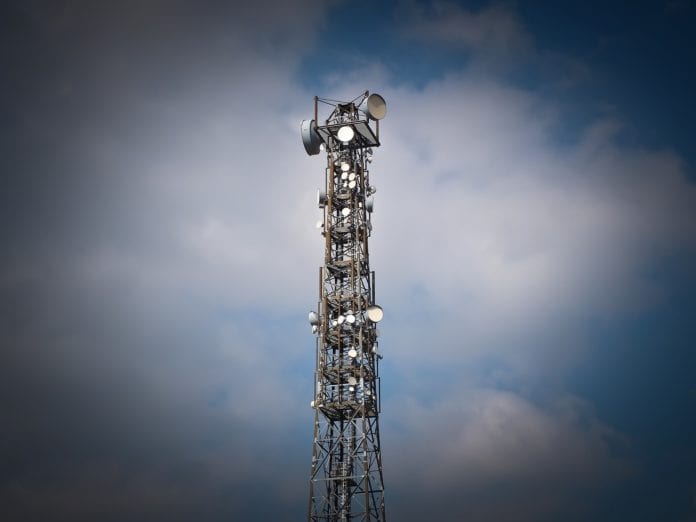Channel coding is used to correct transmission errors caused by noise, interference and poor signal strength
U.K. tech company AccelerComm has been focused on helping 5G achieve its latency claims by providing low-density parity-check (LDPC), polar and turbo Forward Error Correction solutions that address the challenges that would otherwise limit the speed of 5G, most notably the error correction decoding that is required to overcome the effects of noise, interference and poor signal strength. And now, after more than 15 years of research that first began at the University of Southampton, the company has launched the 5G NR LDPC version of its error correction software, which it says reduces latency up to 16x.
AccelerComm CEO Tom Cronk further explained why reducing 5G latency is so critical: “For all the hype around 5G, the simple fact is ‘ping time’ remains an issue, stifling new revenue opportunities for operators from services such as gaming or VR before they’ve had an opportunity to monetize them.”
In mobile communication, channel coding, or forward error correction (FEC), is used to correct transmission errors caused by noise, interference and poor signal strength. Unlike 3G and 4G, which uses Convolutional and Turbo codes for the control and data channels, 5G uses the “much more sophisticated” Polar and LDPC codes. This change means that the industry has to approach transmission error correction in a completely fresh way. When channel coding is not working properly, mobile networks may experience poor capacity, data rates, coverage and quality of service.
Beyond latency reduction, AccelerComm claims that the software solution also results in significant power savings for mobile networks with lower order numerology networks, and the company’s LDPC IP is optimized and configurable to support high performance base station solutions or low power (small size) mobile terminal solutions.
Additionally, the software is fully compliant with the 3GPP NR standard for PDSCH, PUSCH and supports the full range of uncoded and encoded block sizes.
As the new year approaches, many are wondering exactly what value 5G will truly provide. Solutions like AccelerComm’s, that reduce the latency of 5G networks and improve capacity and coverage, may bolster 5G’s chances of living up to the hype.

